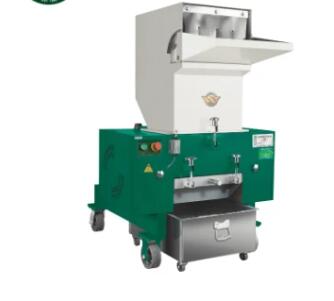Crafting Precision: The Art of Designing and Manufacturing Molds for Injection Molding Machines
2024-02-27
Introduction:
In the realm of manufacturing, injection molding stands as a cornerstone process for producing a vast array of plastic components and products. Central to the success of injection molding is the meticulous design and manufacturing of molds, which dictate the shape, quality, and intricacies of the final product. In this blog, we'll delve into the intricate process of designing and manufacturing molds for injection molding machines, exploring the steps involved and the technologies employed to achieve precision and efficiency.
1. Design Phase:
The journey of crafting a mold begins with meticulous design, where engineers translate product specifications and requirements into precise blueprints. During this phase, CAD (Computer-Aided Design) software is employed to create 3D models of the desired part, incorporating features such as dimensions, geometries, gating systems, and ejector mechanisms. Design considerations such as parting lines, draft angles, and cooling channels are carefully analyzed to optimize mold functionality and manufacturability.
2. Material Selection:
Choosing the right material for mold fabrication is crucial to ensure durability, dimensional stability, and heat resistance. Common materials used for mold construction include tool steel, stainless steel, and aluminum alloys. Each material offers unique properties suited to specific applications, with considerations such as cost, lead time, and tool life influencing the selection process.
3. Mold Machining:
Once the design is finalized, the mold-making process commences with precision machining operations. CNC (Computer Numerical Control) milling machines, lathes, and EDM (Electrical Discharge Machining) equipment are utilized to shape the mold components with exceptional accuracy and surface finish. Skilled machinists meticulously mill, drill, and grind the mold cavity, core, and inserts to exacting tolerances, ensuring seamless assembly and optimal part replication.
4. Surface Treatment:
To enhance durability and performance, mold surfaces undergo various surface treatments and coatings. Processes such as polishing, texturing, and plating are employed to improve wear resistance, release properties, and cosmetic appearance. High-quality surface finishes minimize friction, prevent sticking, and facilitate smooth ejection of molded parts, resulting in superior part quality and production efficiency.
5. Assembly and Finishing:
Once all mold components are machined and treated, they are meticulously assembled with precision and care. Skilled technicians align the cavity and core inserts, install gating and ejector systems, and ensure proper fit and functionality of all components. Additionally, auxiliary features such as water lines, temperature sensors, and hydraulic cylinders are integrated to optimize mold performance and control process variables. Finally, the assembled mold undergoes rigorous testing and validation to ensure dimensional accuracy, functionality, and reliability.
6. Testing and Validation:
Before being deployed for production, molds undergo extensive testing and validation to verify performance and functionality. Mold trials are conducted on injection molding machines, where parameters such as cycle time, pressure, temperature, and part quality are evaluated. Adjustments may be made to optimize process settings and fine-tune mold performance, ensuring consistent and reliable production outcomes.
Conclusion:
The design and manufacturing of molds for injection molding machines is a meticulous and multi-faceted process that requires precision, expertise, and attention to detail. From the initial design phase to final assembly and testing, every step is carefully orchestrated to achieve optimal mold performance and part quality. By leveraging advanced design tools, state-of-the-art machining technologies, and skilled craftsmanship, mold manufacturers are able to create precision-engineered molds that drive innovation and excellence in injection molding operations.



